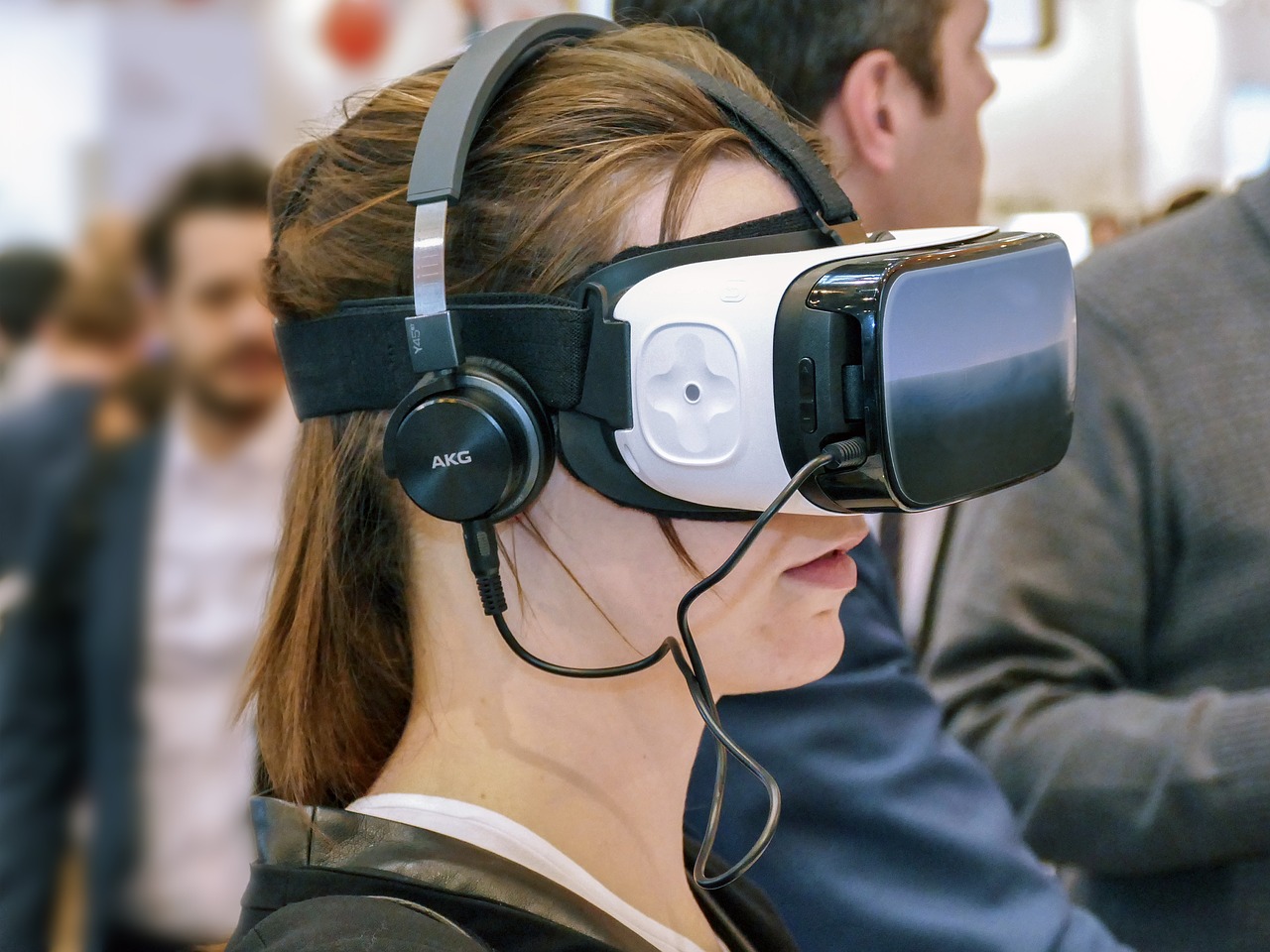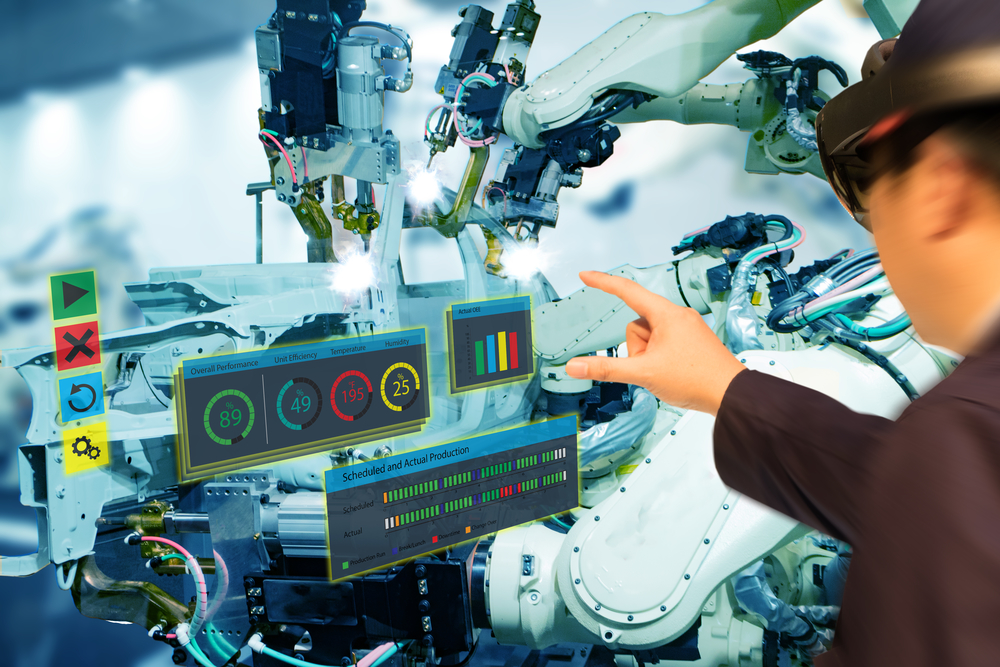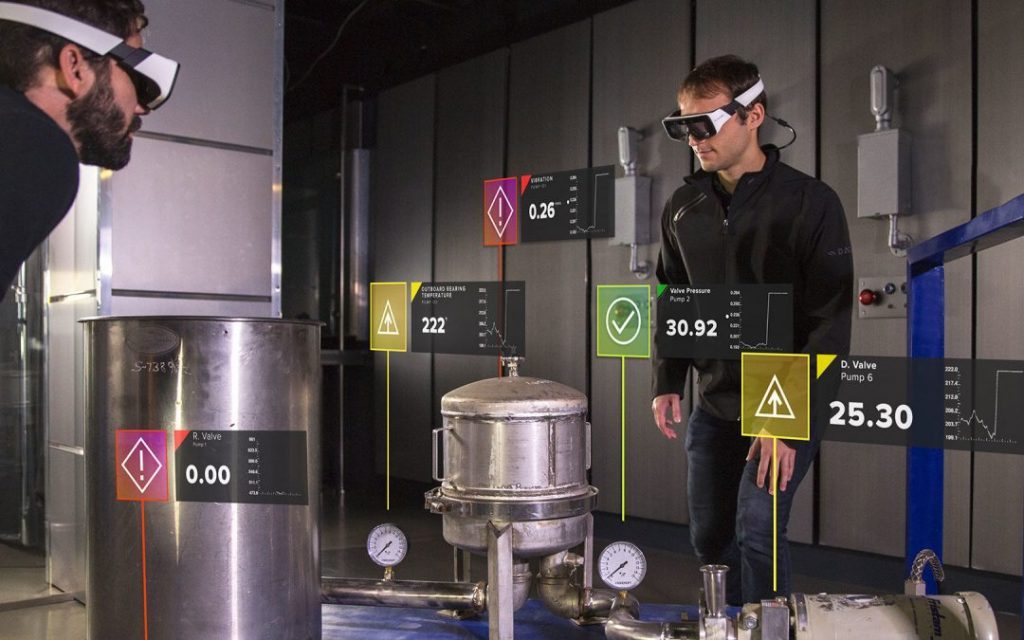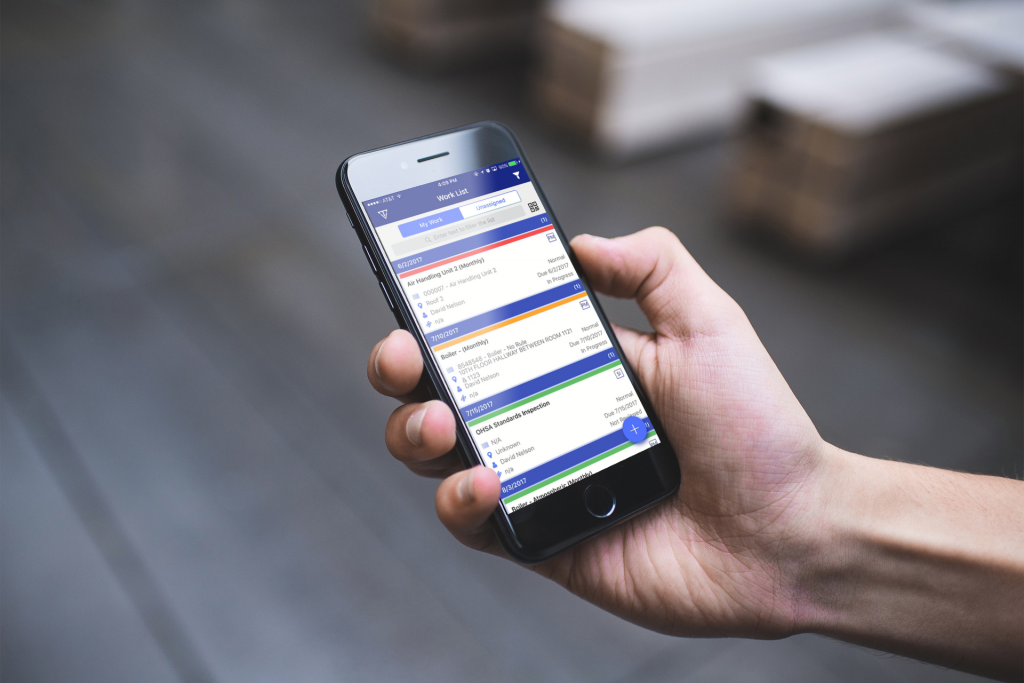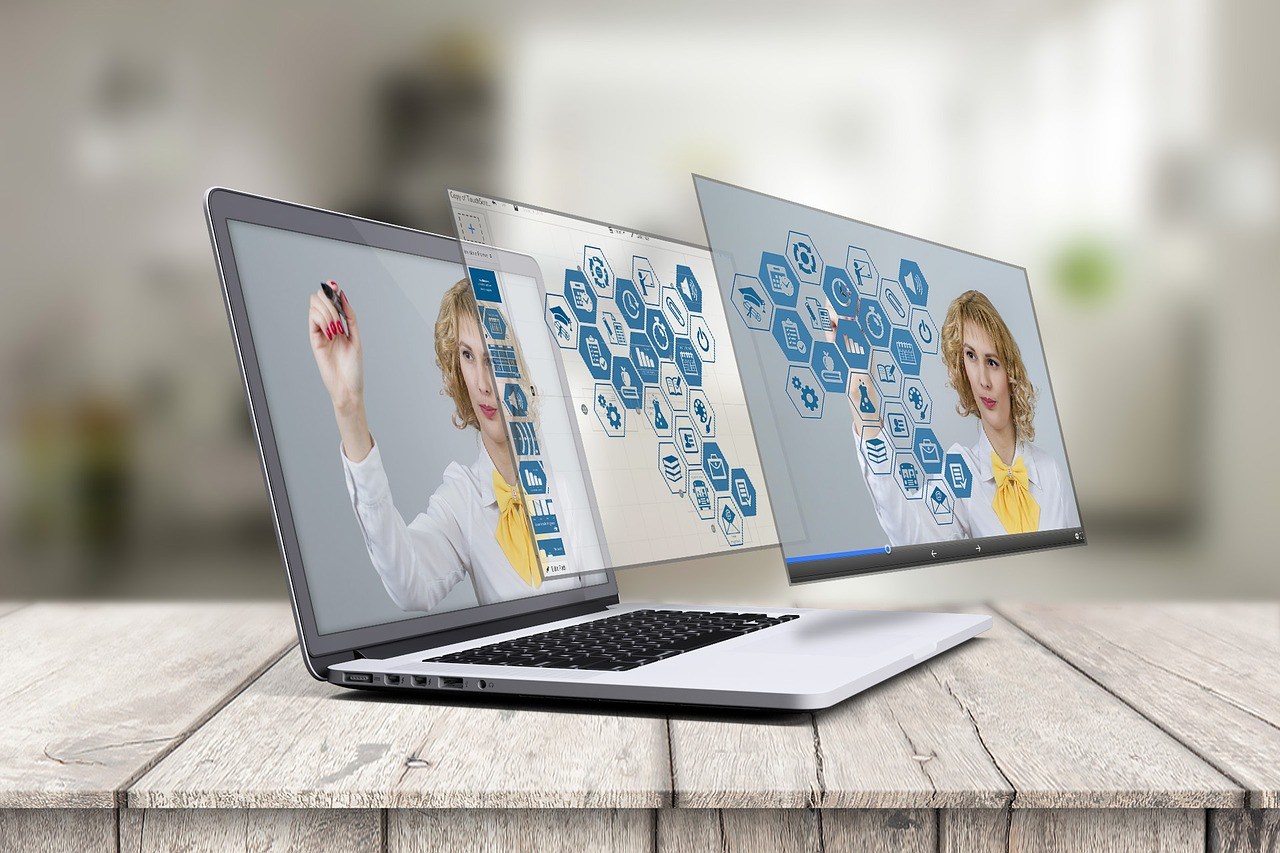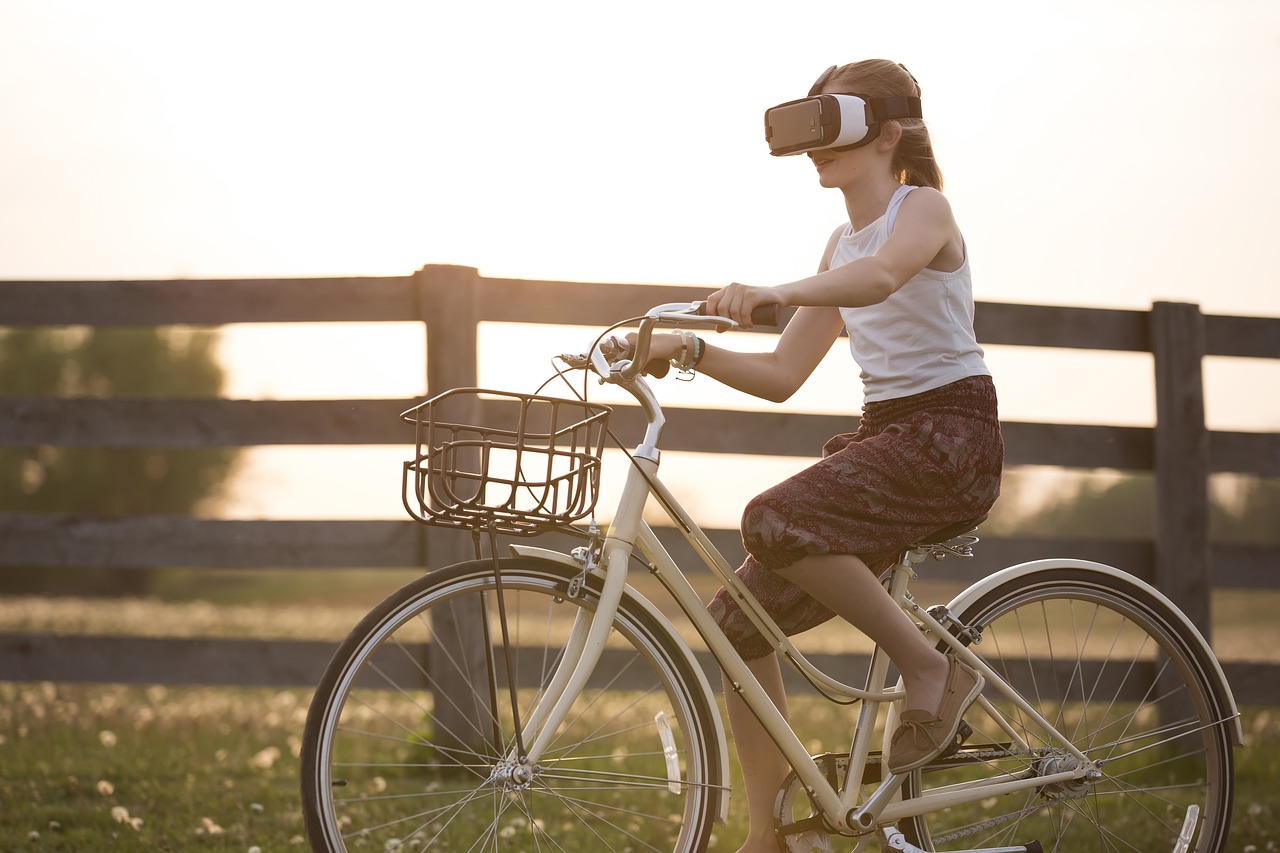Augmented reality or AR is growing at a compound annual growth of 24.4% and is predicted to be worth $950 million by the end of next year. This technology may seem futuristic, but in reality it’s being used in a variety of different markets. From construction to maintenance, AR is able to solve problems and make processes faster and easier.
One unlikely candidate for this type of technology is the home decor and renovation sector. While a home remodel might not strike you as a space to integrate digital content with the real world, there are many innovative apps that are doing just that.
Augmented reality apps allow you to do a variety of things, from see how furniture will look in your apartment to test out paint colors to measure the room and create a floorplan. These AR apps make the process quick, easy and attainable to anyone not just contractors and interior designers.
How Do These AR Apps Work in Your Home?
Each app has a different set of directions based on its intent, but in general they can be figured out in a few steps. First you’ll be selecting the feature you want. This could be a new sink for the kitchen or a rug for the living room. Some apps allow you to choose specific products you can buy and others give you generic items to test out.
Once the product is chosen, you’ll scan the room with the camera on your phone. This will give the AR software an idea of the original space. Often times the app will direct you to scan the floor so it can gauge the depth of the room.
When the room is scanned, you’ll be able to view how your feature looks in the home. You can adjust its size and position to how you would normally have it and see if it will fit in the space.
7 AR Apps You Can Try in Your Home
Not all AR apps are the same. They each have a different specialty. To help you decide which is best for your home, ApartmentGuide has a list of seven augmented reality apps for the home.
Build.com
This is an app made for remodeling the home. It specializes in home appliances and allows you to experiment with different finishes and styles.
magicplan
This AR app will help you measure how many square feet you have in your home. This is helpful when renovating or viewing a new home. It will create a floorplan so that you know exactly how much space you have to work with.
Graham & Brown
This company lets you visualize a new paint color or wallpaper on your wall without sampling it yourself. This app will also estimate how much wallpaper or paint you’ll need to complete the projects which save you money and time.
ColorSnap
ColorSnap is perfect for those painting a room. It allows you to conceptualize a color palette and will also suggest complementary colors to try.
DecorMatters
This app is made for redecorating your space. It allows you to view home furniture, decorations and art from popular stores like IKEA, Target, Overstock, WestElm, Crate&Barrel, Living Spaces and Ashley.
roOomy
If you want to stage a room, roOomy allows you to create a custom design. This app is targeted towary homebuyers, renters and real estate agents.
Housecraft
This app allows you to see furniture in a space, but only provides generic furniture. This works well for people who don’t want to be pressured into purchasing anything right away.


